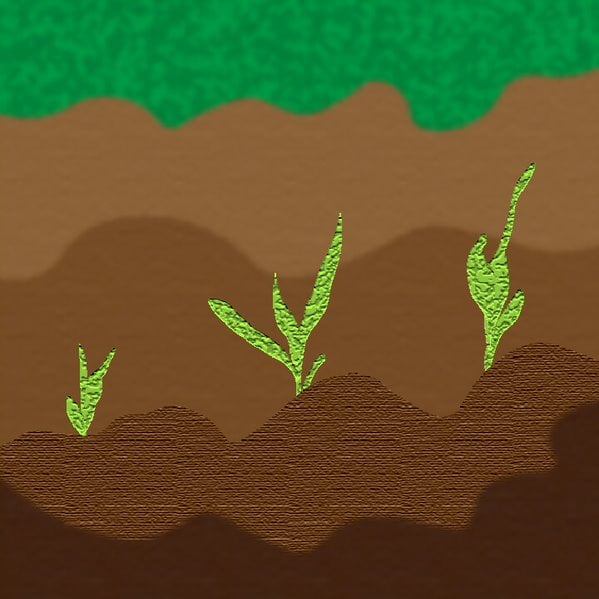Cassava is a woody, edible starchy root that provides an immense number of calories, carbohydrates, vitamins B and C and essential minerals. The plant is significant particularly in developing countries in the tropical and subtropical regions of Africa, Asia and the Americas due to its capability to withstand challenging growing conditions. Although Cassava is essential to specific regions of the globe, it has been used as a crucial source of calories for around a billion people everywhere.
In a new research study published in Agronomy Journal, researchers in Brazil explored hypothesized options for increasing cassava yields. Researchers found that adding both calcium and phosphorous to the soils of these plants would in return increase cassava yields. These found higher yields came with no correlation to increases in cooking times.
One of the main challenges that comes with growing cassava particularly in the tropics stems from the naturally acidic soils that are accompanied by low phosphorous convenience in those regions. Phosphorous is a heavily needed nutrient in plant growth. Through a process of liming, which is essentially adding calcium carbonate to the soils, nutrients like phosphorus organically becomes more available to plants. Liming also makes the plants affected less acidic, which is vital in the growth and production of edible cassava crops.
Though much was known about the process of liming, there was still a lot to uncover about the effects of the process on cassava crops. Adalton Fernandes, co-author of the new research study, states that “It was generally believed that adding calcium to the soil could increase cassava root cooking times… we showed that liming caused minimal changes to cassava cooking times.”
Liming was found, though, to increase cassava yields in the study when in blend with phosphorous fertilizers. Without liming and phosphorus fertilizers, cassava roots weighed about 270 grams – 9.5 ounces – on average. Assessments found that at top levels of liming and phosphorous fertilization, on average the roots weighed over 350 grams – more than 12 ounces. That adds up to over a 26% increase with the accumulation of liming and phosphorus.
The study lasted over the course of two years and was conducted on an experimental farm in Botucatu, Brazil. Experimental subjects were exposed to differing rates before the cassava planting. Half of the subjects received no phosphorous fertilizers. Researchers added about 70 kilograms – converted to 155 lbs – of phosphorous fertilizer to the other subjects.
Differing features of the cassava plants were assessed based on growth with or without liming and phosphorous. These characteristics that were measured included number of roots per plant, root length, root weight and cooking times.
It was found that the addition of phosphorous increased the number of roots per plant by around 8%. Root lengths did not change substantially with liming nor phosphorous fertilization. Cassava root yields were increased by 22% with phosphorous application and 28% with liming. Cooking times increased by only 6% – less than 2 minutes – with liming. The slight increase in cooking time balances out by the large increase in yields. Fernandes states, “This small increase in cooking time is no reason for cassava farmers to not apply lime.”
An untested hypothesis that phosphorous fertilizers could lower cooking time in cassava roots was ultimately disapproved by Fernandes. Fernandes states, “we observed that phosphorus-fertilized cassava roots did not cook faster. So, phosphorus fertilization is not a recommended or viable way to reduce cooking times for cassava roots.”
Fernandes and his team are still looking to further research with differing varieties of cassava. “Will the amounts of lime and phosphorus fertilizer needed be the same for other varieties of cassava?” asks Fernandes. This poses an imperative question because varying types of cassava may have different reactions to the processes of liming and fertilization.






